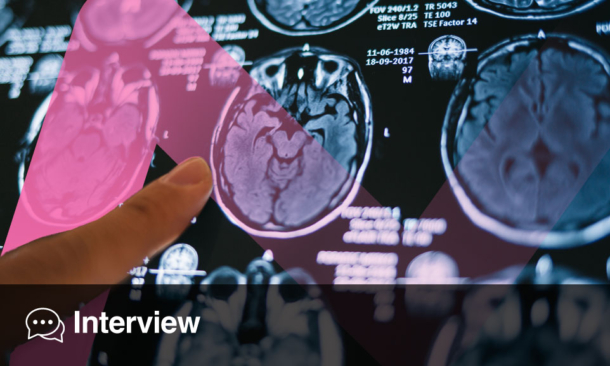Abstract
Neurodegenerative diseases (NDDs) are described as disorders with selective loss of neurons and distinct involvement of functional systems defining clinical presentation. Extensive studies demonstrated that proteins with altered physicochemical properties are deposited in the human brain in NDDs. The present review focuses on predominantly sporadic disorders in adulthood. Major concepts of NDDs can be summarised as follows: 1) molecular pathologic classification of NDDs is protein-based; 2) the proteinopathy concept underpins the role of protein processing systems; 3) seeding of pathological proteins supports the theory of prion-like spreading; 4) the clinical symptoms are determined by the system affected and do not unequivocally reflect the molecular pathological background; 5) overlapping of NDDs may be more the rule than the exception. Accordingly, NDD-related proteins and their biochemical modifications can be used as biomarkers and may be targeted for therapy. However, due to the high number of combinations of different proteinopathies a personalised therapy strategy may be warranted.
Please view the full content in the pdf above.







